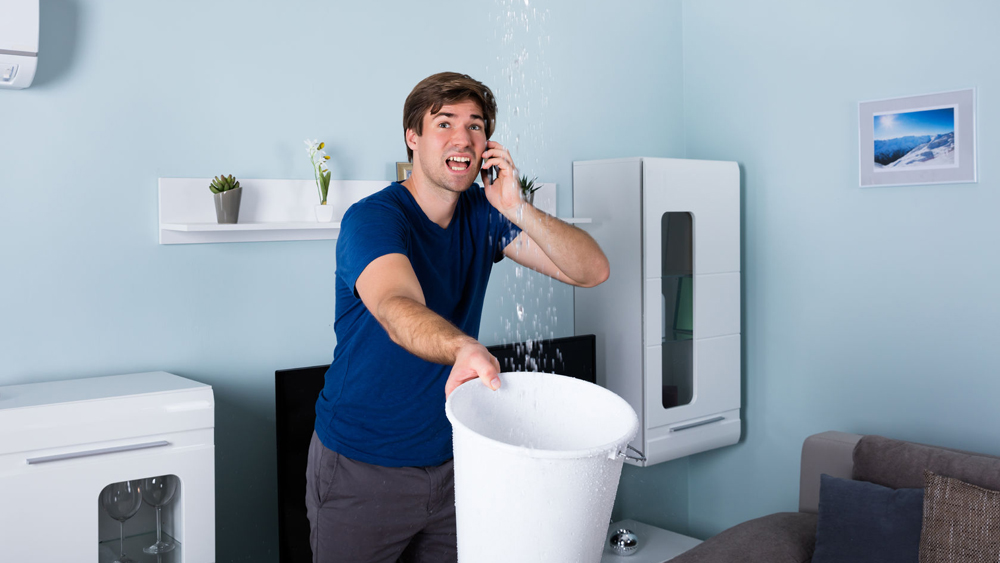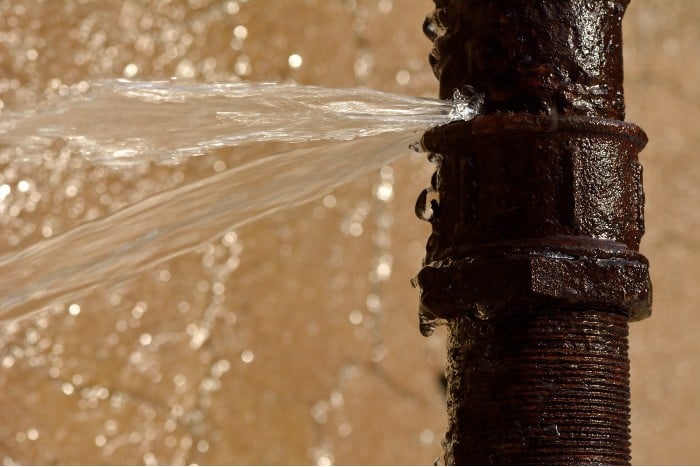Exposing the Key Triggers Behind Residential Water Leak Problems
Click HereWe have encountered this post about How to Find Water Leaks directly below on the net and felt it made good sense to relate it with you in this article.

Leaks not just trigger waste of water yet can also cause unneeded damages to your house and also promote unwanted natural development. However, water leakages might go undetected considering that the majority of the pipework in our home is concealed. By comprehending and looking for day-to-day situations that create leaks, you can safeguard your home from future leaks as well as unneeded damage. Today, we will certainly take a look at 6 leakage causes that may be creating your pipelines to trickle.
Intruding roots
The majority of water leaks start outside your house as opposed to inside it. If you discover an unexpected reduction in water pressure, state in your tap, take some time to go out as well as analyze your yard. You might notice wet patches or sinkholes in your backyard, which could imply that tree origins are invading water lines triggering water to leak out. You can have your plumber look for intrusion, especially if you have trees or shrubs near your residential or commercial property.
Rusty water supply
As time passes by, your plumbing system ages and rust such as rust may start eating away the pipes. This may be the root cause of staining or warping on your water pipes. This requires an assessment with your plumber immediately. If our plumbing system is old, consider changing the pipelines given that they go to a higher risk of corrosion than the newer versions.
Defective Pipeline Joints
The point at which your pipelines connect is often the weakest web link in the waterline. Pipe joints can wear away gradually, resulting in water leaks. The bulk of pipeline joints are not quickly visible. If you have noisy pipelines that make ticking or banging sounds, particularly when the hot water is switched on, your pipe joints are possibly under a lot of pressure. It is advisable to have your plumber evaluate your system yearly.
Immediate temperature changes.
Extreme temperature adjustments in our pipes can create them to increase and also get all of a sudden. This development and also contraction may trigger fractures in the pipes, particularly if the temperature level are listed below cold.
Poor Water Connectors
At times, a leakage can be caused by loose hoses and pipes that provide your devices. More often than not, moving is what causes the loose water Links. You could find when it comes to a cleaning machine, a hose pipe may spring a leakage due to drinking during the spin cycle. In case of a water links leakage, you may see water running directly from the supply line or puddles around your devices.
Clogged Drains
Clogged drains might be frustrating as well as inconveniencing, however they can often wind up triggering an overflow causing burst pipelines. Keep removing any materials that may decrease your drains that might block them to prevent such hassles.
All the above are sources of leaks yet not all water leakages result from plumbing leakages; some leakages could originate from roof leakages. All leakages ought to be repaired promptly to prevent water damages.
Leakages not only trigger waste of water however can also trigger unnecessary damages to your home as well as promote unwanted organic development. By looking and also recognizing for day-to-day situations that cause leaks, you can shield your house from future leakages and also unneeded damage. Today, we will certainly look at 6 leak triggers that might be triggering your pipelines to leak.
At times, a leak can be caused by loose pipes as well as pipes that supply your devices. In situation of a water links leakage, you may notice water running directly from the supply line or puddles around your appliances.
How To Check For Water Leak In Your Home
How To Check for Leaks
The average household's leaks can account for nearly 10,000 gallons of water wasted every year and ten percent of homes have leaks that waste 90 gallons or more per day. Common types of leaks found in the home are worn toilet flappers, dripping faucets, and other leaking valves. These types of leaks are often easy to fix, requiring only a few tools and hardware that can pay for themselves in water savings. Fixing easily corrected household water leaks can save homeowners about 10 percent on their water bills.
To check for leaks in your home, you first need to determine whether you're wasting water and then identify the source of the leak. Here are some tips for finding leaks:
Take a look at your water usage during a colder month, such as January or February. If a family of four exceeds 12,000 gallons per month, there are serious leaks.
Check your water meter before and after a two-hour period when no water is being used. If the meter changes at all, you probably have a leak.
Identify toilet leaks by placing a drop of food coloring in the toilet tank. If any color shows up in the bowl after 10 minutes, you have a leak. (Be sure to flush immediately after the experiment to avoid staining the tank.)
Examine faucet gaskets and pipe fittings for any water on the outside of the pipe to check for surface leaks.
Undetected water leaks can happen without the home or business owner even realizing. If you suspect a water leak, but not able to find the source. It is time to contact a professional water leak detection service, The Leak Doctor.
How To Find a Water Leak In Your Home
https://www.leakdoctor.com/blog/How-To-Check-For-Water-Leak-In-Your-Home_AE197.html

As a fervent person who reads about How Fast Water Damage Can Ruin Your Home, I think sharing that excerpt was really useful. Do you know about another person who is in the market for the niche? Be sure share it. I praise you for your time. Please stop by our blog back soon.
Pipe issues? Connect.